|
A few years ago I switched positions - from classroom or homeroom teacher to title one. In our district that means I run intervention groups for reading and math. I work closely with only a very small population of students at our school, but as an "extra" teacher I end up working with the entire school at certain times. It might be at our walk/jog fundraiser, it might be helping out at an assembly, or even modeling a strategy in a classroom. Because of this I really like all of the kids to get to know me, or at least know that I am a teacher at our school! To introduce myself to the school I have borrowed a great strategy from my own kids' school. Every school year I pick a book and go into the classrooms during the first week of school and read the book (this also gives the classroom teacher a break, and the kids). At this point you might be thinking I'm a classroom teacher so this blog post doesn't interest/pertain to me. But wait! I'm sharing this year's activity because I also think it would be a great class building/team building activity and our school has had SO much fun with it! This year we read The Legend of Rock, Paper, Scissors by Drew Daywalt (Anyone hear of The Day the Crayons Quit?). It is hilarious. To say it is funny is not doing it justice. It is such a funny book. Especially for upper elementary. We have 12 classrooms at my school and every single one completely enjoyed it. After a few pages a few of the teachers even came over and sat with their students while I was reading (a few also got on Amazon and ordered it right after). Lets just say he personifies a rock, a piece of paper and some scissors and they end of doing battle with each other and that is how the game of rock, paper, scissors was created. What was so great about this read aloud is that we were able to complete an activity afterwards. Usually I try and do something team building or class building with them because it is the first week of school and we can all use a little more of that. After reading about how rock, paper, and scissors came about we had our own, epic battle of rock, paper, scissors. How did we do this? I had every student stand up, put their hand up, and then pair up with another person that had their hand up (a Kagan strategy if you are familiar with them). I told them I was the ring master or the person calling the competition. Once everyone had a partner I told them to "battle" (the words from the book). Once there was a winner then the person who lost (I called them the loser the first time and I felt so bad saying it that way) sat down. Quick tip: I did bring a poster with the rules (rock beats scissors, scissors beats paper, paper beats rock). Just in case there was some confusion while playing or the student had never played before. Now there is only half the class standing and we kept doing rounds like this until we got to a single winner. Besides being a great team building activity it has really gotten the students to remember me and interact with me in the hallway. I have many come up and say hi, or they will stop and say "battle" and we play a quick game of rock, paper, scissors.
3 Comments
Do you teach math? At my school we use tons of screeners for reading, but math was sort of left up to us. We know we are supposed to use the same RTI model with math, but with no screener, how can we? I thought I'd take a few minutes and share with you how I've worked around this screening issue. I knew my students were struggling with my grade level content, but I had no idea why. When I started looking into Common Core I noticed that the elementary grades were split into domains; adding, subtracting, fractions, etc. And depending on if you are looking up grade levels (K to 5) or down the grade levels (5 to K) the standards in these domains just build on each other. If a kindergarten student is adding to 10, 1st grade is adding to 20, 2nd grade within 100. And, well, you get the idea. They just expect more as the students go to the next grade. So now I had the knowledge of the standards, but how would that help? Honestly it didn't. At first I started printing common core worksheets from commoncoresheets and mathworksheetsland so I could get an idea of what lower level math was hard for them. That became super time consuming and hard to manage. I then created example problems for each of the standards for all of the grade levels K to 5 (yes it was a lot of work). I only wanted a couple just to see if that was where they were getting stuck. And I needed them organized in a way that I could pull them back out over and over again. I also needed a way to organize and keep track of the data otherwise assessing the students was a waste of both out times. It has worked out great. I use them 2 different ways. I can use them to get an idea for my math workshop groups. 4th grade subtraction is going to be tough for you if you are still struggling with 2nd grade subtraction. That means I will initially place you in one of my guided math groups that slows down and does some review first. But, I mainly use them for intervention time. My school has dedicated RTI time (we call it WIN- What I Need). And two days a week we are expected to work on math intervention. These quick and easy assessments, along with the sheets I created to track the assessments makes creating intervention groups a piece of cake. It lets me know exactly what the students need to work on to get them back to grade level... or beyond! Feel free to use my worksheet idea to get an idea of where your students are at, or I've already done it for you and you can check them out here: Math RTI!
|
MEET JENI'm a mom, wife, and teacher that loves to read, hang out with my family, and learn. I love to use our blog to share ideas with others and to help keep me learning!
Categories
All
Archives
December 2021
|

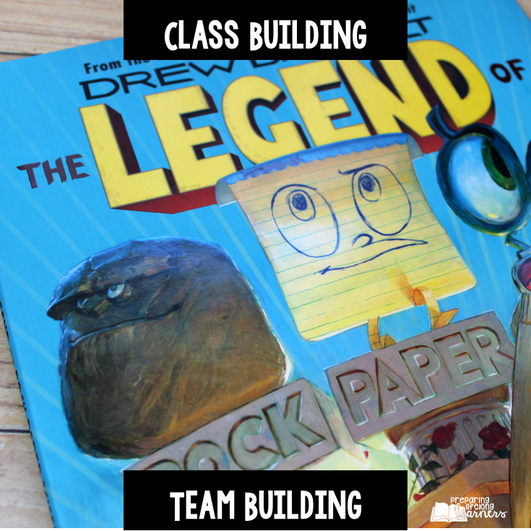
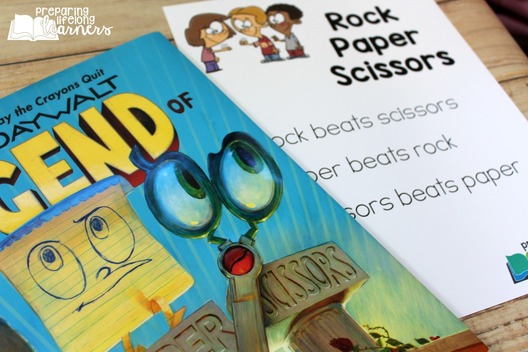
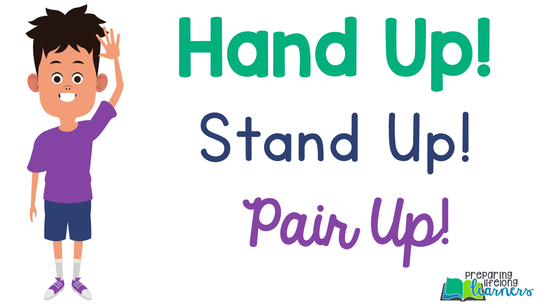
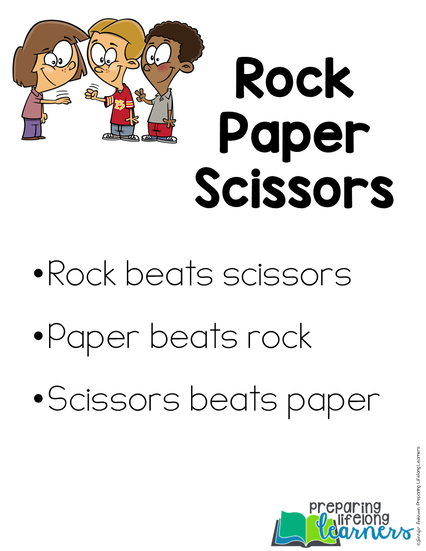
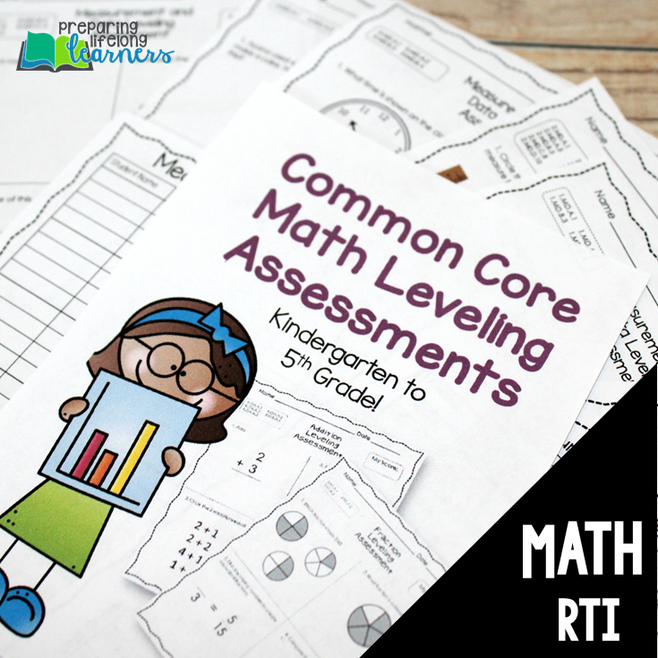
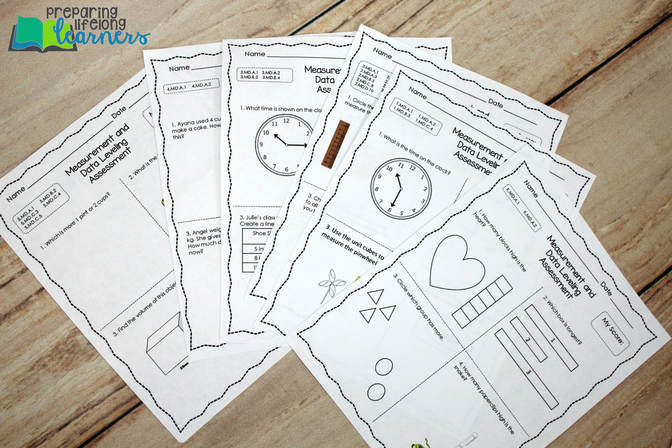
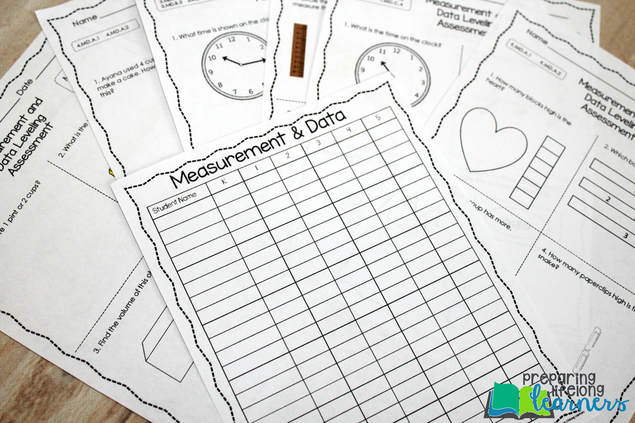
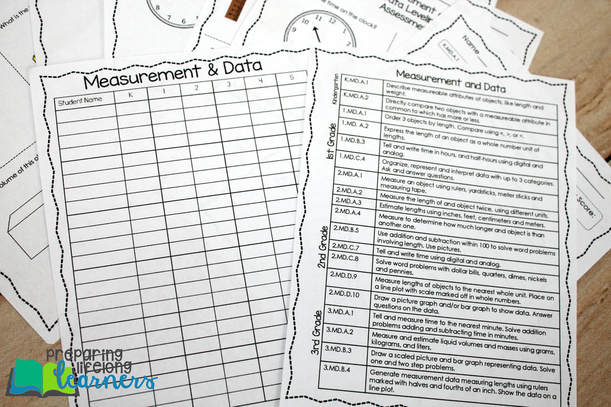


 RSS Feed
RSS Feed